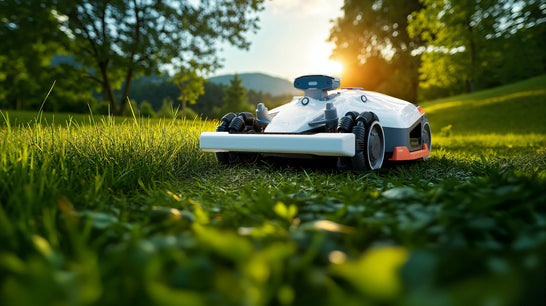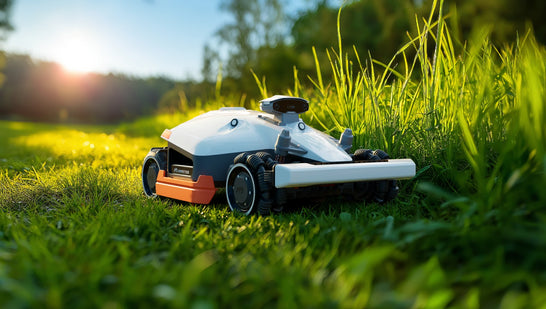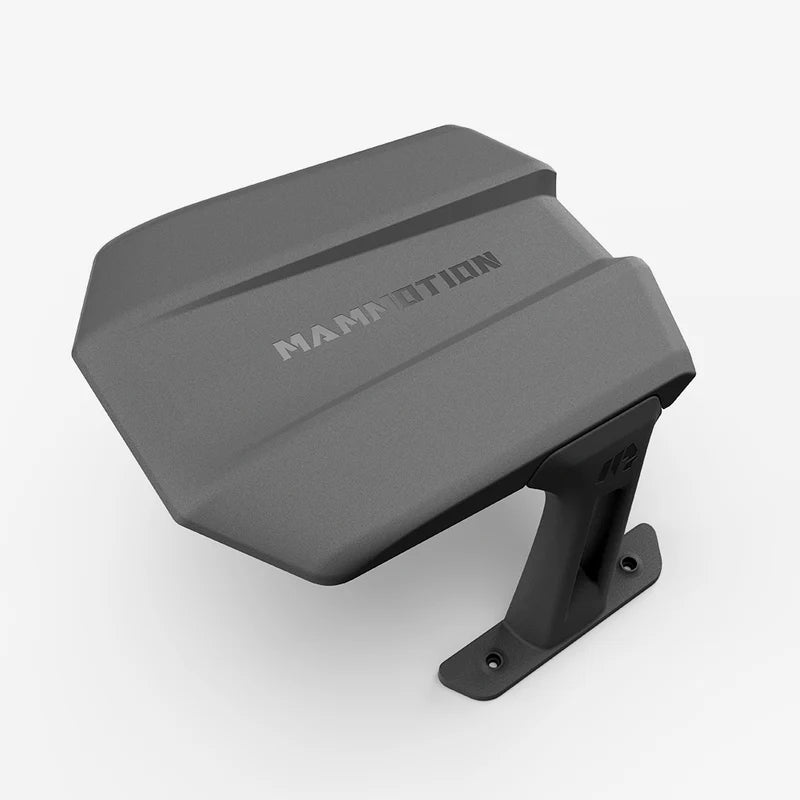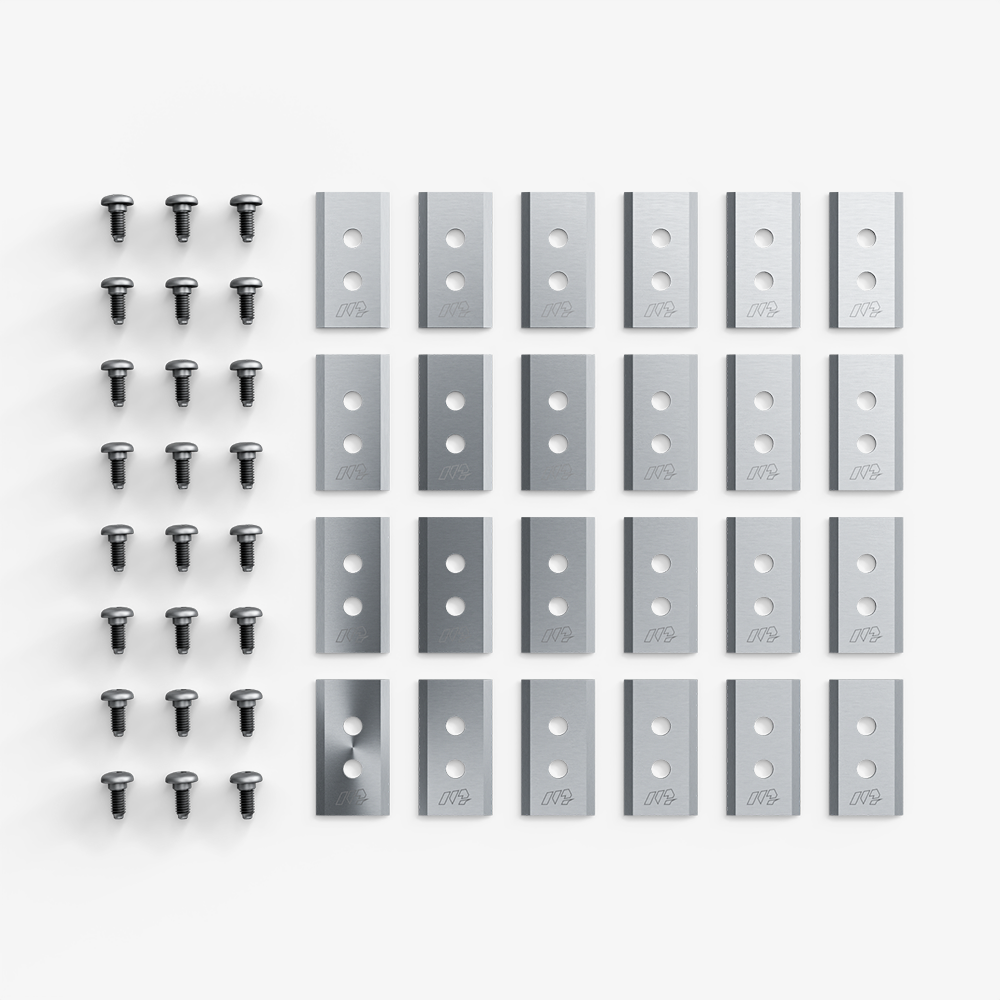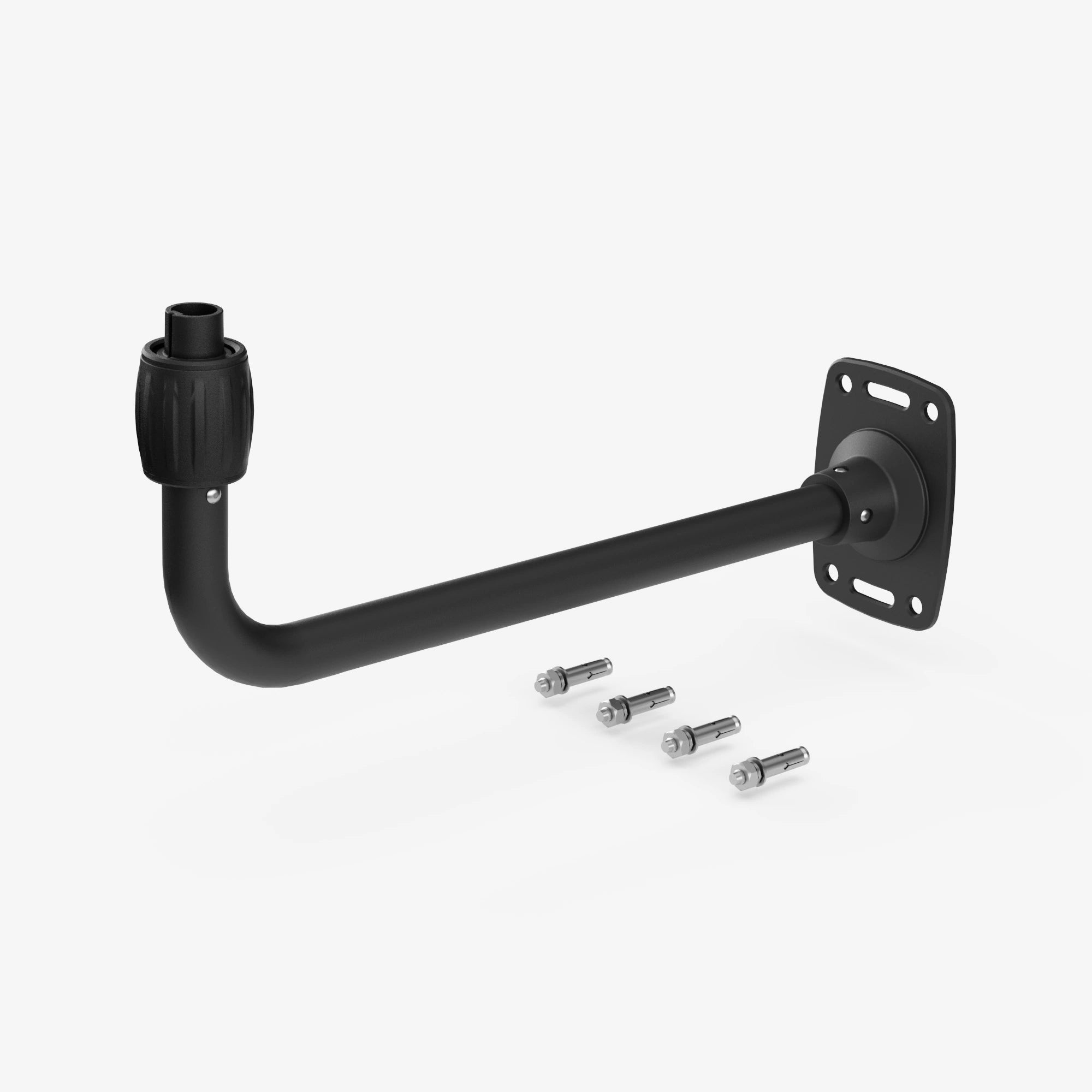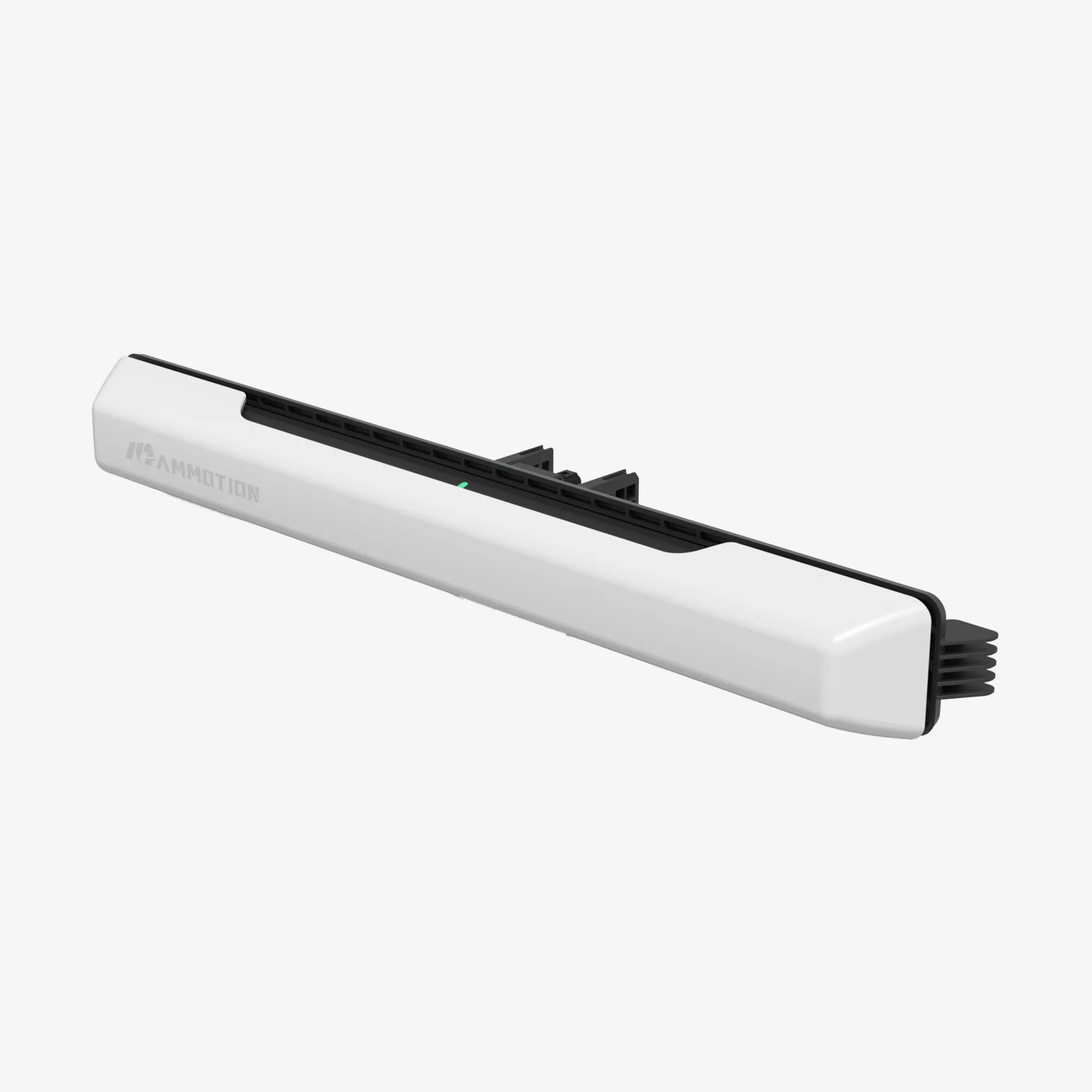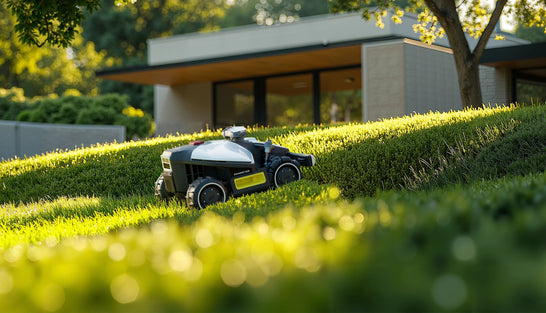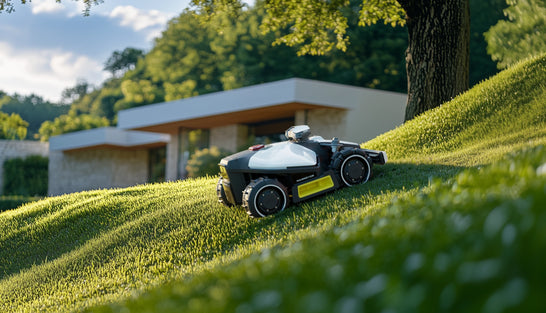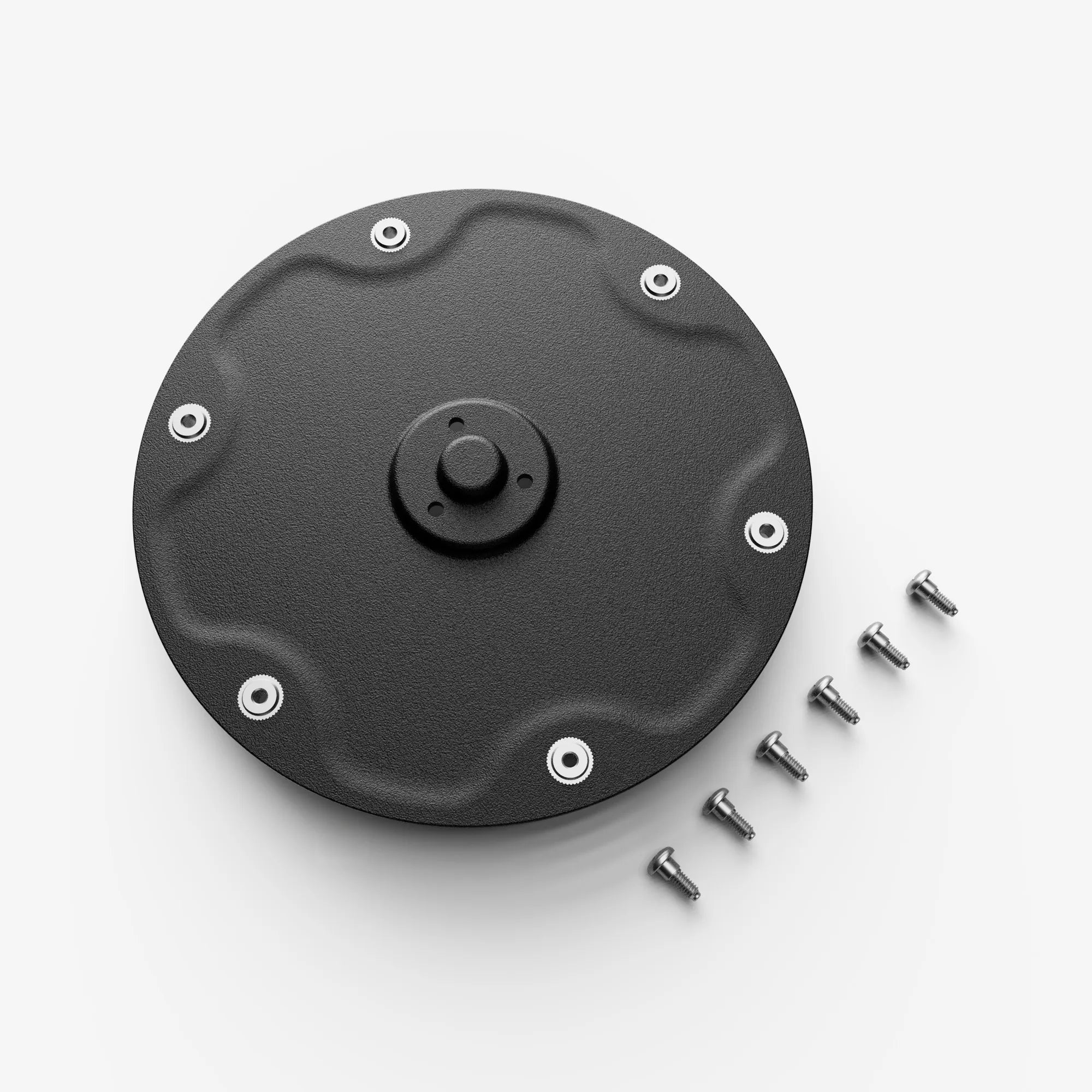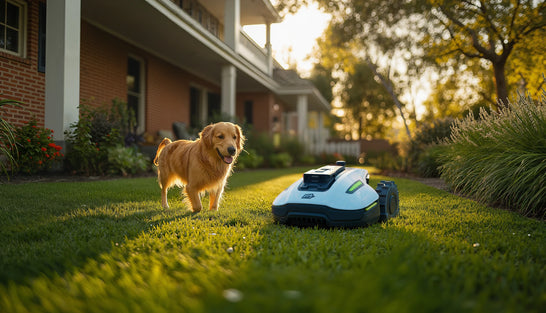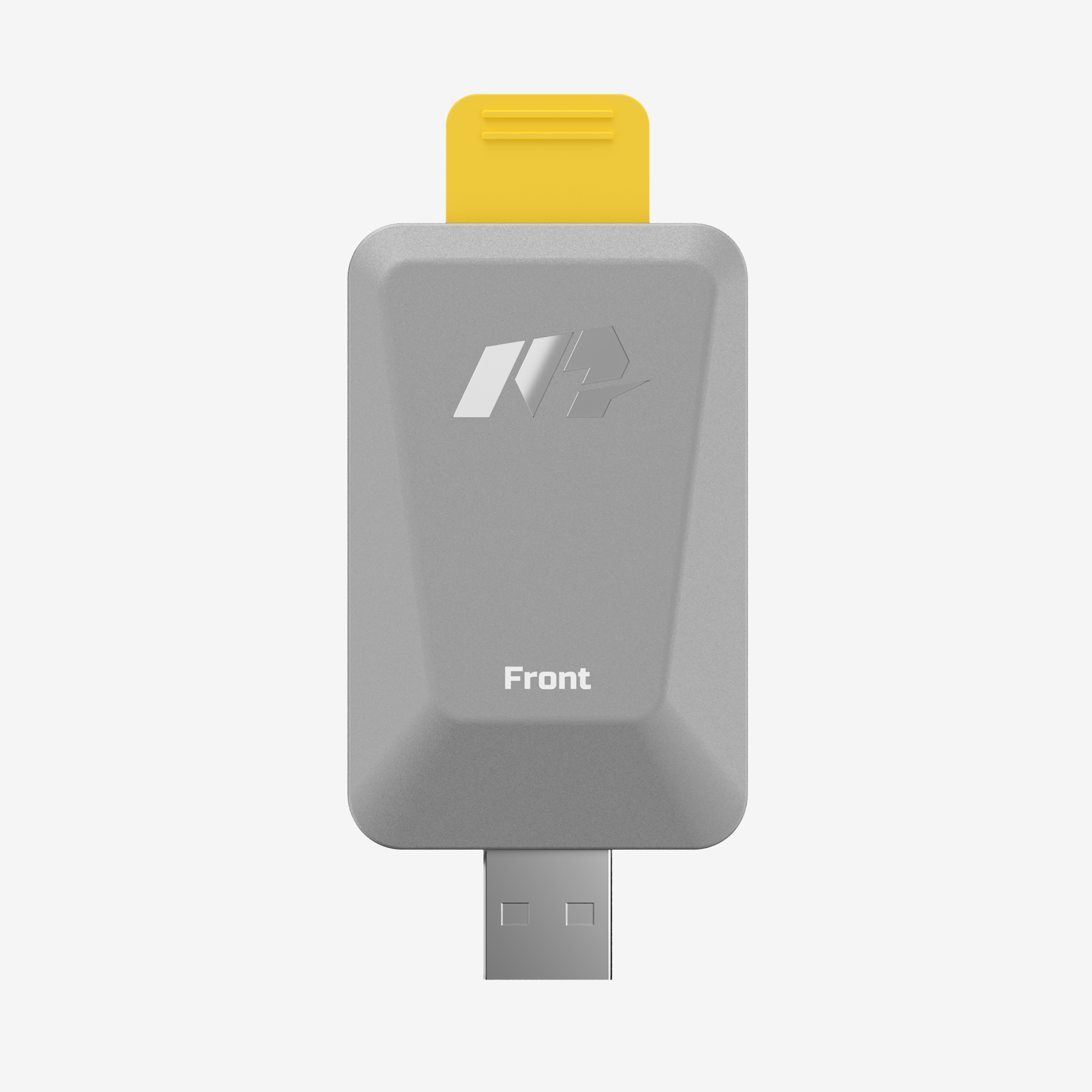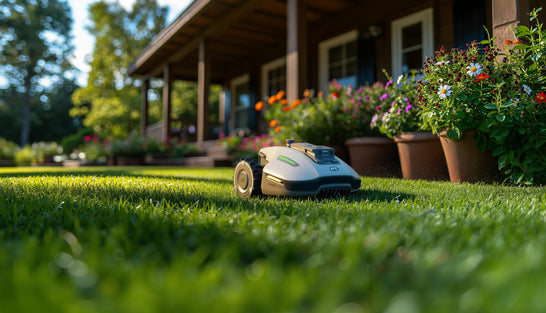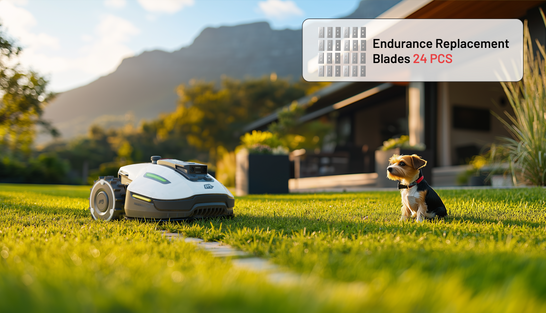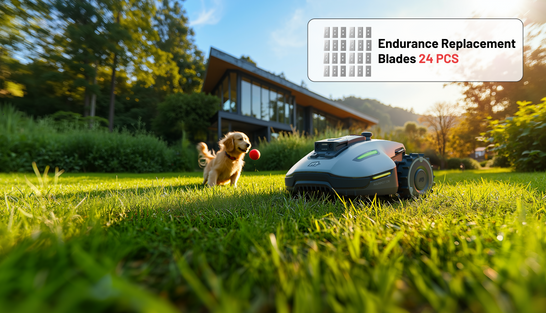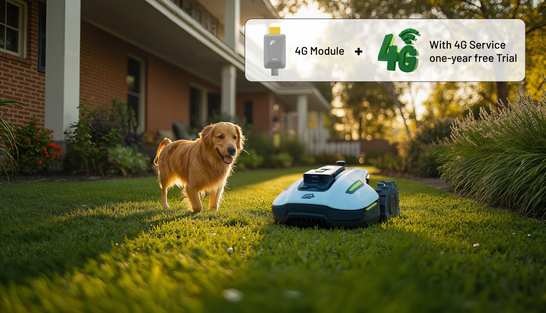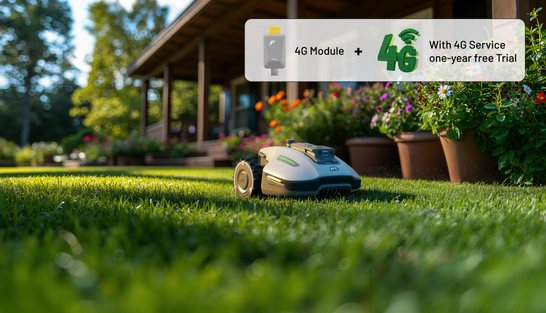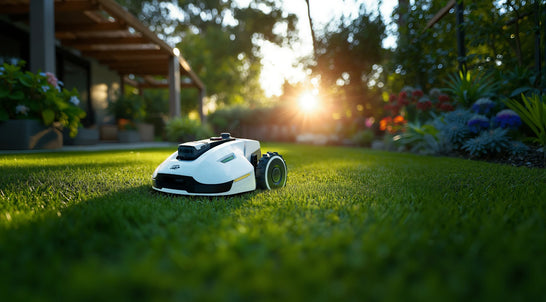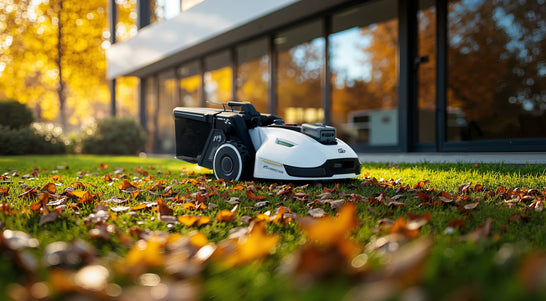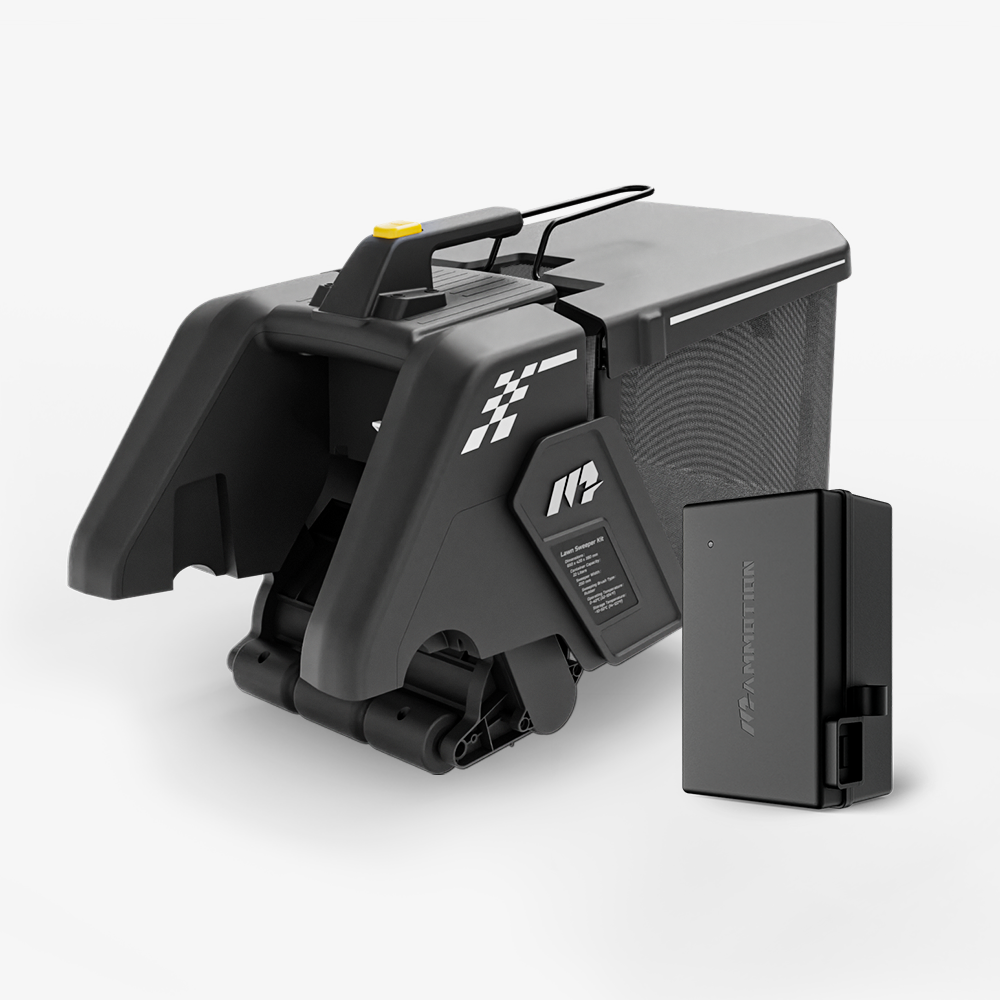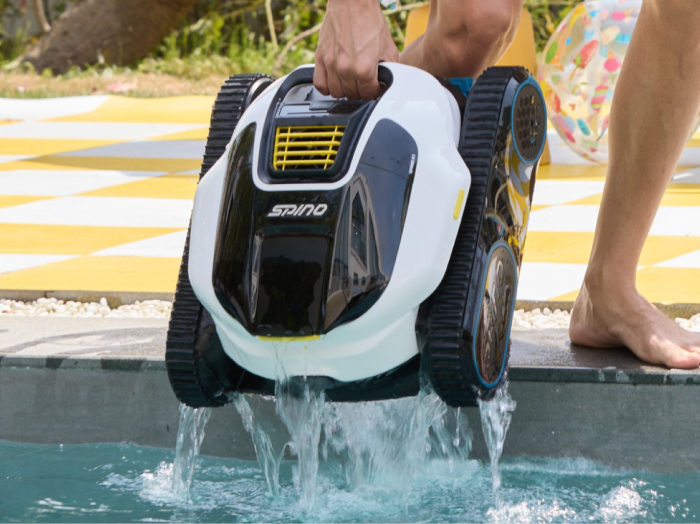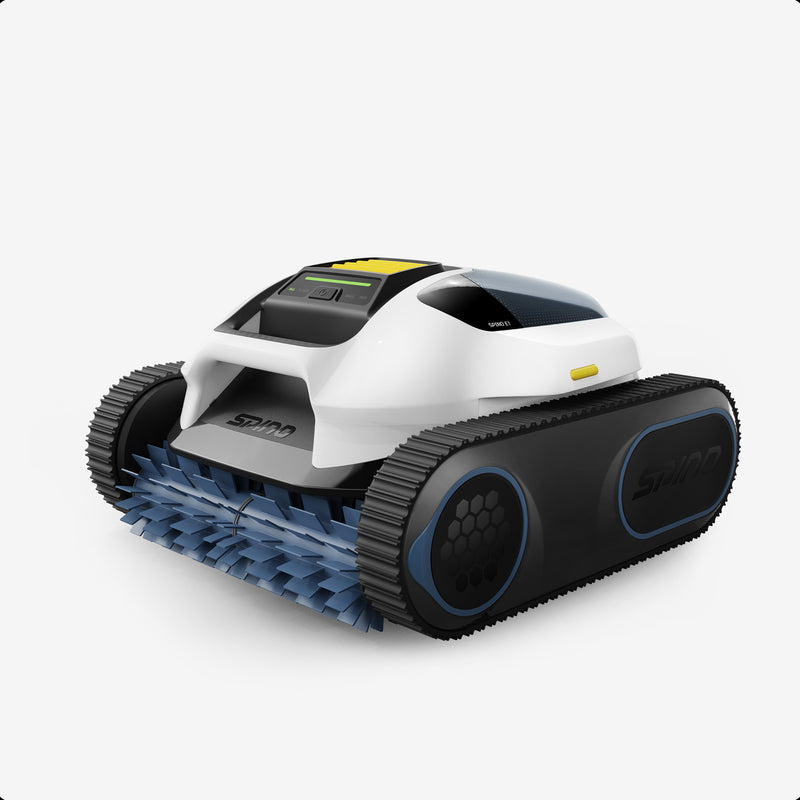Owning an inground pool is a luxury, but keeping it clean takes work. Dirt, debris, algae, and leaves don’t care how much you paid for your pool—they’ll settle in fast if you don’t stay on top of maintenance.
This is where a robotic pool cleaner comes in. Unlike manual vacuums or suction-side systems, robotic pool cleaners operate independently. They scrub, vacuum, and filter your pool with minimal effort from you.
But here’s the truth: buying a robotic cleaner doesn’t mean you can just plug it in and forget it. To get the most out of it—and keep your inground pool looking clear and inviting—you need to use it correctly.
This guide walks you through exactly how to vacuum an inground pool using a robotic cleaner, step by step. No hype, no filler—just the facts you need to do the job right the first time.
What Is a Robotic Pool Cleaner?
A robotic pool cleaner is a self-contained, plug-in device that automatically vacuums and scrubs your pool without relying on your pool’s filtration system. It’s powered by electricity and uses built-in motors, sensors, and brushes to clean your pool’s floor, walls, and even the waterline—depending on the model.
Unlike suction or pressure-side cleaners, robotic cleaners don’t connect to your skimmer or pump. That means no added strain on your pool system, and no complex plumbing setup. You simply plug it into a power supply, drop it into your inground pool, and let it do the work.
Most robotic cleaners use rotating brushes to loosen dirt and debris, then vacuum it into an internal filter basket or bag. Some come with smart navigation, allowing them to map your pool and clean more efficiently.
Bottom line: A robotic cleaner is the easiest way to automate pool maintenance—especially if you own an inground pool and want a consistent, deep clean without babysitting the process.
Before You Start Using a Robotic Cleaner: Pre-Cleaning Checklist
Before you drop your robotic pool cleaner into your inground pool, take a few minutes to prep. Skipping this step leads to poor performance, clogged filters, or even damage to the cleaner. Here’s what to do:
1. Remove Large Debris Manually
If there are big leaves, twigs, or branches in the pool, scoop them out first. Robotic cleaners can handle dirt and small debris, but large items may jam the brushes or clog the filter basket.
2. Check the Skimmer Basket
Even though robotic cleaners don’t rely on your pool’s filter, a clogged skimmer can affect water circulation—and that impacts overall pool health. Clean it out before starting.
3. Inspect the Pool Water Level
Water should be at the normal operating level. Too low, and your cleaner may not function properly. Too high, and it may struggle to clean the waterline.
4. Untangle and Inspect the Cleaner’s Power Cord
Make sure the power cable is untangled, free of damage, and long enough to reach all parts of the pool without tension (Don't need to do this if you use a cordless robot pool cleaner).
5. Check the Filter Basket or Bag in the Cleaner
If it’s full from the last cleaning cycle, rinse it out. A clean filter ensures better suction and efficiency.
How to Vacuum an In-Ground Pool Using a Robotic Cleaner
Using a robotic cleaner the right way ensures your inground pool gets cleaned efficiently — and helps extend the life of the machine. Here’s how to do it, step by step:
Step 1: Plug in the Power Supply
Place the cleaner’s power supply at least 10 feet away from the pool, on a dry, shaded surface. Plug it into a GFCI outlet. Don’t turn it on yet.
Step 2: Submerge the Cleaner
Lower the robotic cleaner into the pool slowly and vertically, allowing water to fill the unit and push out air. Gently shake it underwater to release any trapped bubbles.
Step 3: Let It Sink
Once the robot is fully submerged, let it sink to the bottom and settle. Don’t pull on the cord — let gravity do the work.
Step 4: Choose the Cleaning Cycle (If Available)
Many robotic cleaners have multiple modes: quick clean, floor only, full coverage, etc. For a deep clean, choose the full cycle, especially if the pool hasn’t been cleaned in a while.

Step 5: Start the Cleaner
Press the start button on the control unit. The robot will begin navigating and cleaning the pool automatically.
Step 6: Let It Run
Typical cycles last 1.5 to 3 hours. Avoid interrupting the process. Let it finish the full cycle for best results.
Step 7: Remove and Rinse
Once the cycle is done, gently pull the robot up by the floating cable, not the power cord. Drain the water, then rinse off the cleaner with a hose to remove chlorine and debris.
Step 8: Clean the Filter
Open the filter basket or bag, empty it, and rinse it thoroughly. A clogged filter reduces performance on the next cycle.
Step 9: Store Properly
Coil the power cable loosely (never wrap tightly), and store the unit in a shaded, dry place. Leaving it in the sun or pool will wear it out faster.
Pro Tips for Better Cleaning Results
Just running your robotic cleaner isn’t enough if you want consistently clean water and longer equipment life. These quick, pro-level habits will make a real difference:
1. Clean the Filter After Every Use
Don’t wait until the next cleaning cycle. A clogged filter reduces suction, circulation, and overall cleaning performance. Rinse it immediately after each use.
2. Use the Robotic Pool Cleaner 2–3 Times a Week At Least
For most inground pools, running your robotic cleaner every few days keeps buildup under control—especially during heavy use or pollen season.
3. Avoid Leaving the Robotic Pool Cleaner in the Pool
Even if your model says it’s water-safe, long-term exposure to pool chemicals and UV rays breaks down seals, cords, and components. Always remove and store it after cleaning.
4. Clean During Off-Peak Sunlight Hours
Early morning or evening runs reduce chlorine degradation and minimize UV exposure for both the robot and your pool surfaces.
5. Replace Worn Parts on Schedule
Brushes, tracks, and filters wear out over time. If your robotic pool cleaner starts missing spots or slows down, inspect and replace worn components before the next cycle.
6. Coil the Cord Loosely After Use
Avoid tangling and cable memory by loosely coiling the cord when storing the cleaner. Never wrap it tightly or hang it from the plug.
Common Mistakes to Avoid When Using Robotic Pool Cleaners
Even the best robotic cleaner won’t deliver great results if used the wrong way. Here are the most common mistakes pool owners make—and how to avoid them:
1. Leaving the Cleaner in the Pool Too Long
Leaving your robotic cleaner in the pool for days at a time breaks down seals, increases wear, and shortens its life. Always remove and rinse it after each use.
2. Ignoring a Dirty Filter
Running the robot with a full or clogged filter reduces suction and circulation. It also strains the motor. Clean the filter after every cycle—no exceptions.
3. Letting the Cable Tangle or Knot
Tangled cords reduce movement and cause uneven cleaning. Always lay out the cable flat before use and coil it properly when storing.
4. Skipping Manual Debris Removal
Robots aren’t built for heavy branches or large debris. Failing to scoop out big items manually can jam the machine or damage internal parts.
5. Running the Robot in Dirty or Cloudy Water Without Balancing Chemistry
A robotic cleaner can’t fix water chemistry. Always test and balance your pool water before expecting the robot to “clean everything.”
6. Forgetting to Check for Wear and Tear
Worn-out brushes, torn filter bags, or loose tracks will reduce effectiveness. Inspect your unit monthly and replace parts as needed.
Does Every In Ground Pool Need a Robotic Cleaner?
No, not every inground pool owner needs a robotic cleaner. But here’s the truth: if you want consistent cleaning with less manual effort, it’s the most efficient option out there.
✔️ You Might Not Need One If...
- You enjoy manual vacuuming and have the time to do it weekly
- Your pool is rarely used and stays covered most of the time
- You already use a built-in cleaning system that works reliably
✔️ But You Probably Do If...
- You want to reduce weekly maintenance time
- You’ve noticed buildup even with regular skimming
- You want full-floor, wall, and waterline cleaning
- You don’t want to rely on your pool pump to run a cleaner
In short, a robotic pool cleaner is a time-saving tool. It won’t replace brushing or chemical balancing, but it will cut your vacuuming time to near zero. If you’re managing your own inground pool, it’s a smart long-term investment in both convenience and cleanliness.
If you are unsure about which robotic pool cleaner to choose, we highly recommend Mammotion's SPINO E1 robotic pool cleaner, which offers high-end features at an entry-level price.
Final Thoughts
A robotic cleaner isn’t just a luxury—it’s a practical solution for homeowners who want to keep their inground pool clean without constant manual effort.
The key is using it properly, and don’t ignore maintenance. The result? A cleaner pool, fewer headaches, and more time to actually enjoy your backyard investment.
Whether you're maintaining your pool yourself or just want to reduce your cleaning load, a robotic cleaner is one of the smartest upgrades you can make. Used correctly, it will do the heavy lifting—so you don’t have to.
Frequently Asked Questions
1. Can I use a robotic cleaner in any inground pool?
Yes. Most robotic cleaners are designed for all types of inground pools, including concrete, vinyl, and fiberglass. Just make sure the model you choose is rated for your pool surface and size.
2. How often should I use my robotic cleaner?
2–3 times a week is ideal for regular maintenance. If your inground pool is used heavily or sits near trees, you may want to run it more often.
3. Do I still need to brush the pool if I use a robotic cleaner?
Yes. While robotic cleaners scrub, they may miss tight corners or stairs. Brush those manually about once a week for best results.
4. Can I leave the robotic cleaner in the pool all the time?
No. Prolonged exposure to water and chemicals can damage it. Always remove it after each cleaning cycle, rinse it, and store it in a dry place.
5. Will a robotic cleaner replace my pool’s filtration system?
No. It’s a supplement, not a replacement. It helps reduce the load on your filtration system but doesn’t filter the entire pool continuously.
6. How long does a typical cleaning cycle take?
Most robotic cleaners run between 1.5 and 3 hours per cycle. The time varies based on the model and the size of your inground pool.
7. Does the robotic cleaner clean the waterline and walls?
Some models do, some don’t. If your walls or waterline tend to collect grime, look for a model that offers full wall and waterline coverage.
8. What maintenance does a robotic cleaner need?
Regularly clean the filter, check for tangled cords, inspect brushes or tracks for wear, and store it properly. Most models are low-maintenance if used correctly.
9. Can robotic cleaners handle large debris like leaves or acorns?
Some can, but not all. If your inground pool collects large debris often, look for a cleaner with a large intake port and high-capacity filter basket.
10. Do robotic cleaners work in deep-end pools?
Yes. As long as the robot is rated for your pool’s depth and size, it will navigate from shallow to deep ends automatically.

